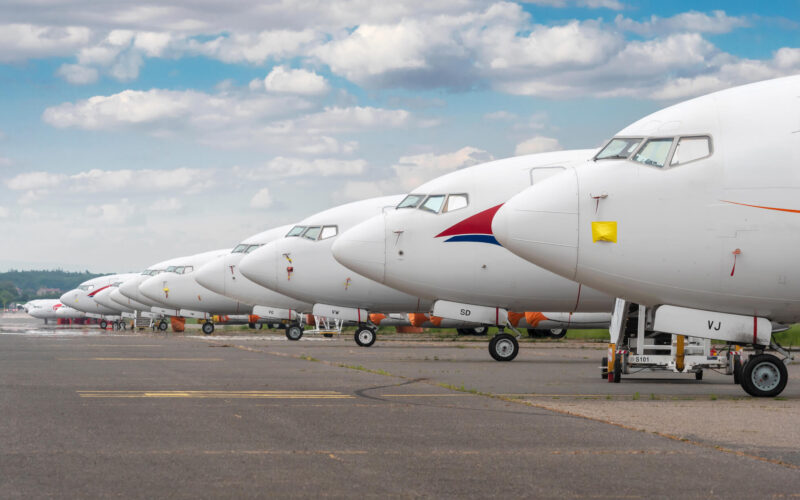No prior event affected the aviation industry as much as COVID-19 pandemic did. Amount of flights plummeted as countries closed their borders. Logically, the amount of accidents should have followed. But did it?
First, let us look at the change the pandemic brought to aviation. Pictured below are the numbers of scheduled civilian flights in the 2020 so far, compared to the same period in 2019, according to the International Civil Aviation Organization (ICAO).
The pandemic struck in late March. Worldwide traffic hit the bottom in April and May, and although over a million flights happened, a lot of them were half-empty or ferried cargo instead of passengers.
Can the same trend be seen in accidents? Almost. ICAO keeps track of all accidents that happen on scheduled commercial flights with airplanes weighing above 5.7 tons. The number of those have been steadily decreasing for decades, defying the opposite trend in flight numbers.
Obviously, at the height of the pandemic-induced lockdown, the number of accidents reached an all-time low. But the same trend continued even after the airline industry started relapsing in June, for example, August saw just a single noteworthy accident – the tragic Air India Express crash.
There is a second strange trend to be noticed if we compare the monthly amount of accidents with the monthly amount of flights. Of course, the probability of an accident is extremely low, so, the usual comparison of accident-per-flight percentages would be indistinguishable from zero. There are all kinds of fancy mathematical procedures intended to make such small probabilities calculable and noticeable, but we will use a very simple solution here.
The graph below shows the probability of an aviation accident on a scheduled commercial flight, multiplied by a million. Can you see the trend?
Yes, the post-COVID aviation has a significantly lower accident proportion (not that it was high in the first place). Basically, after the apocalyptic March the probability of getting caught in an aviation accident became lower and did not rise as the amount of flights grew.
How could this happen? Several hypotheses can be raised, including more experienced and high-profile pilots flying as the less-experienced ones get furloughed, or ground staff and air controllers dedicating more attention to every flight due to the reduced amount of traffic.
But wait, wasn’t there that Bloomberg article which warned that the amount of accidents have actually increased during the pandemic? Yes there was, but its main point was based solely on the U.S. Commercial Aviation Safety Team (CAST) issuing unprecedented amounts of safety warnings addressed at changing flight conditions, such as pilots getting rusty and aircraft getting lighter. Warnings did not coincide with accidents and even more – it is completely possible that at least some accidents were prevented this way.

